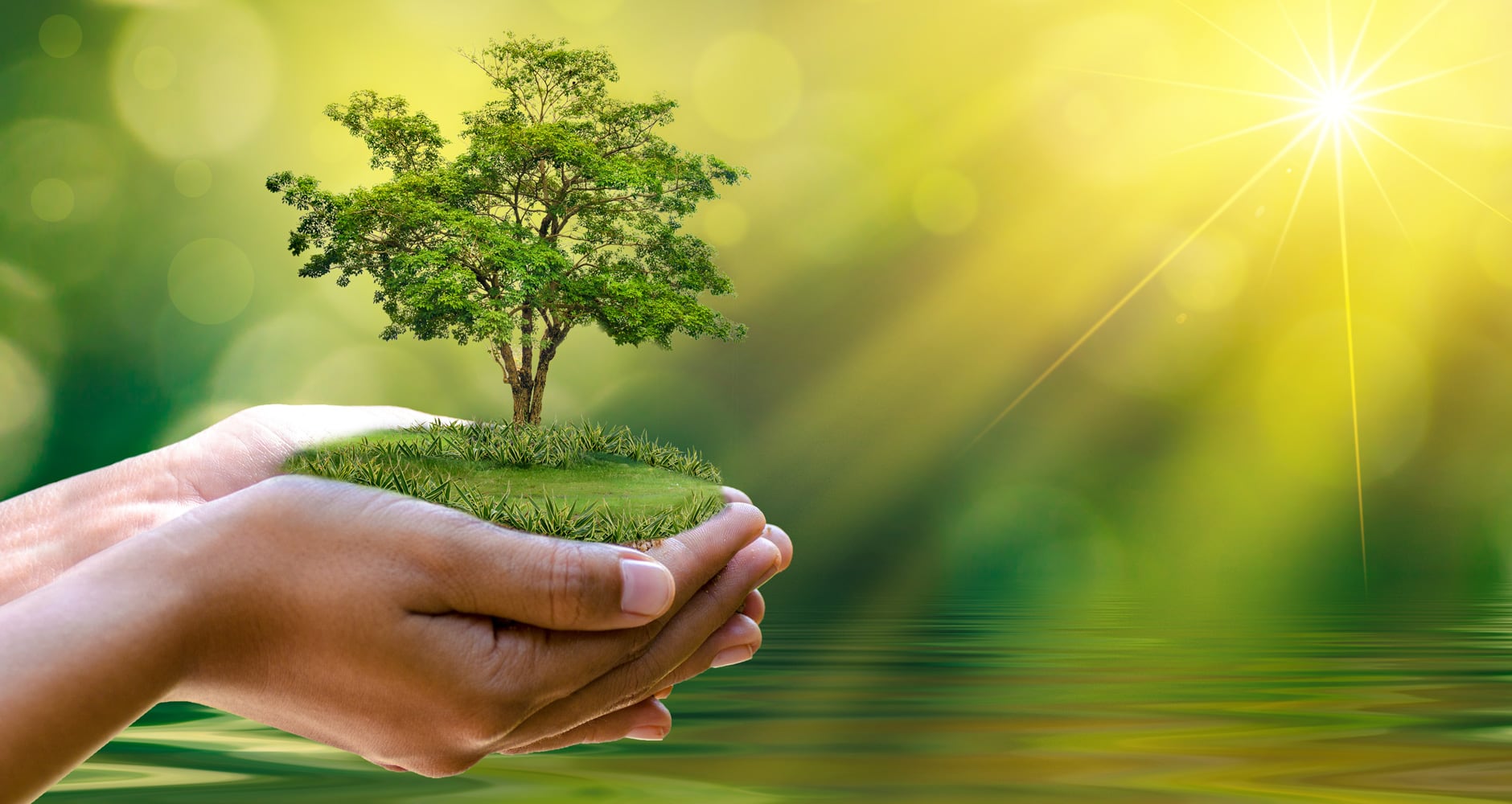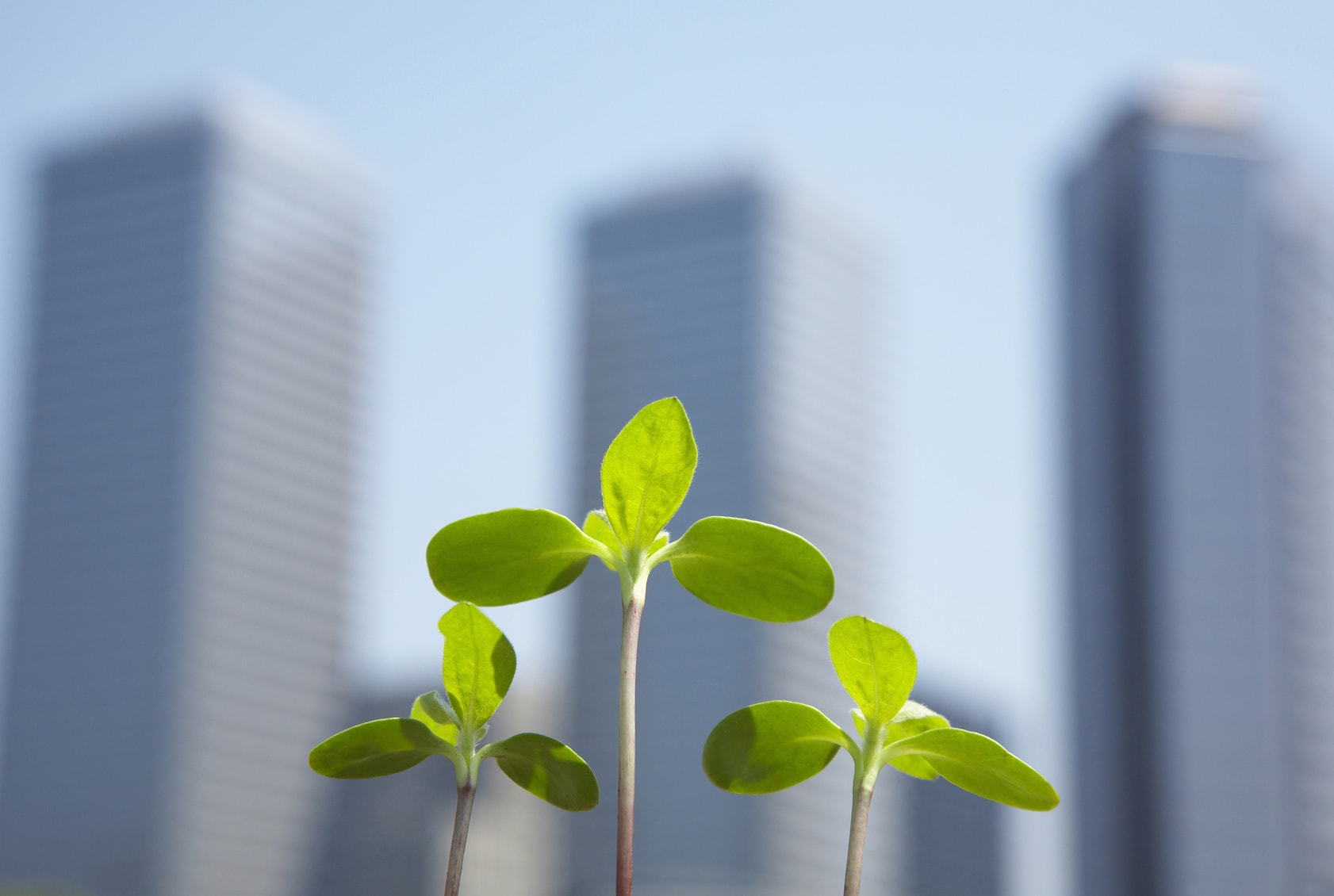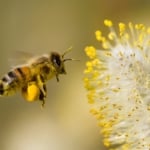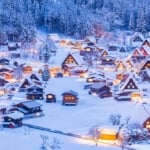What Is The Urban Heat Island Effect?
When temperatures soar, you might want to book a trip out of the city—it can be several degrees hotter than non-urban areas. Why does this happen? We explain.
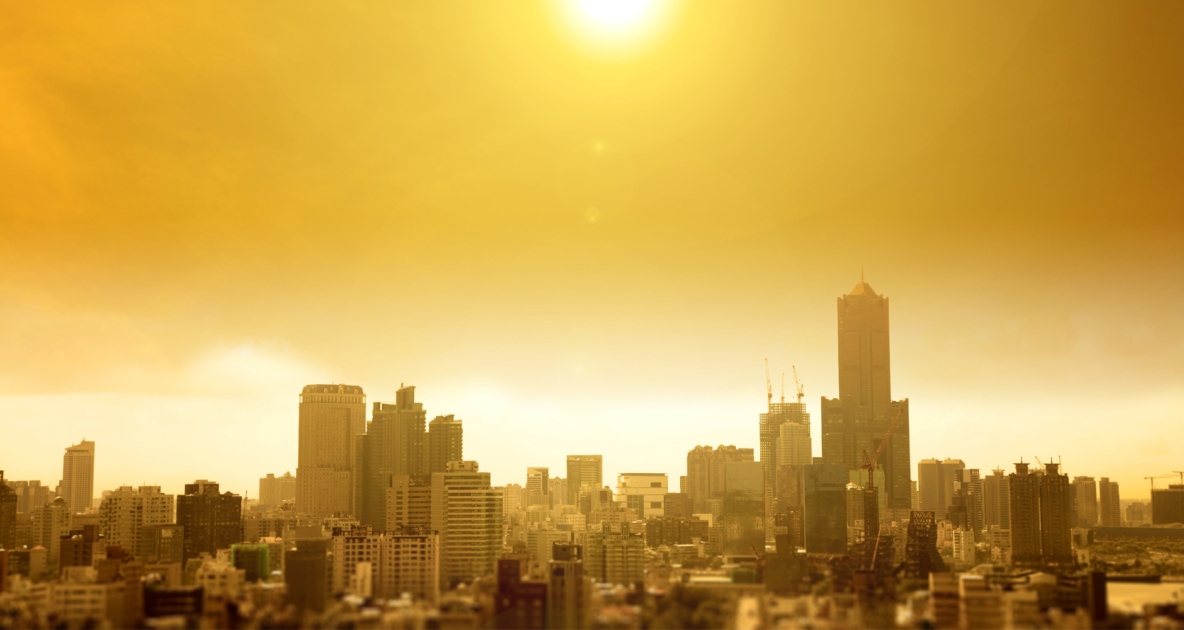
Hot town, summer in the city
Back of my neck getting dirty and gritty
Been down, isn’t it a pity
Doesn’t seem to be a shadow in the city.
– The Lovin’ Spoonful
Did you know temperatures in urban areas tend to be several degrees higher than those in non-urban areas? This tendency for city centers to experience hotter temperatures is known as the “heat island effect.” (Since these hotter cities are isolated areas, they earn the nickname of “heat islands.”). But why does this happen?
What Causes Urban Heat Islands?
The hustle and bustle of city life (cars, bright lights, and crowds of people) is one source of this extra heat. Plants, or rather a lack of plants, is another.
Trees and other vegetation are nature’s air conditioners. Their leaves not only block sunlight, but they also cool the surrounding air through transpiration. Transpiration is a plant’s way of “breathing out” or evaporating excess water from its leaf surfaces, and because it takes heat energy to evaporate water into water vapor, transpiration pulls heat from the surrounding air, causing it to cool. One study found that transpiration from a single tree can provide as much cooling power as ten air conditioning units running for 20 hours!
Since cities often clear away trees, grasses, and shrubs to erect buildings, roads, and other structures, they lose this natural ability to cool themselves down. What’s worse, cities replace vegetation with concrete, asphalt, brick, and stone—materials known for their heat-holding properties. These materials almost act like a second sun. They absorb sunlight (more of it than other surfaces do) and radiate it back into the air, causing temperatures near the ground to climb higher than they otherwise would if the air was heated by the Sun alone. Tall buildings and narrow streets exacerbate the heat island effect by trapping this hot air, which keeps city temperatures higher for longer periods of time.
How Much Hotter Do Heat Islands Get?
According to the U.S. Environmental Protection Agency (EPA), a city with a population of one million or more (such as Phoenix, Arizona, or Chicago, Illinois) can be up to 5.4° F warmer in the daytime, and as much as 22° F warmer after sunset! Why so hot at night? Since paved surfaces store more of the sun’s heat during daylight hours, these surfaces still have heat to release well into the evening hours, while other ground surfaces have already begun to cool; this widens the temperature difference between cities and non-cities.
Where Is The Hottest Heat Island?
In 2014, Las Vegas, Nevada, took the title of hottest U.S. urban heat island city. Its summer temperatures were 7.3 degrees higher, on average than those in surrounding desert locations. How does your city rank?
Unfortunately, “hottest heat island” is not a title most cities are proud of. Few people want to visit or live in a place with a reputation for being uncomfortably hot. Not to mention the negative impacts extreme heat can have on one’s health. The hotter the air, the higher the risk of heat illness, including dehydration, heat cramps, heat exhaustion, and heat stroke. High temperatures also encourage pollutants, especially ground-level ozone, to pool up near the surface where we then breathe them in.
Even if your health isn’t affected by the spike in daytime and nighttime temperatures heat islands bring, at the very least your wallet will be. Elevated summer temperatures mean an elevated demand for cooling and elevated energy bills. Brownouts and blackouts are also a major concern since the need for homes and offices to constantly run air conditioning, in addition to lights and appliances, can place a citywide strain on the energy system.
Creative Solutions To City Heat
If you do happen to live in or near a heat island, all hope for comfortable weather isn’t lost. Many heat island cities are finding creative ways to re-introduce vegetation back into the landscape, such as adding neighborhood parks and greenways and even installing “green roofs”—rooftops that are covered with living plants rather than the traditional heat-absorbing materials.
The more plants, the better? Now that’s something both urban and rural dwellers can agree on!
Related Articles
Prevent Heat Exhaustion and Heat Stroke

Tiffany Means
Tiffany Means is a freelance writer and a degreed meteorologist. She specializes in weather forecasting and enjoys making the subject of weather (and the science behind it) more relatable. She currently resides in the Blue Ridge Mountains of North Carolina.

